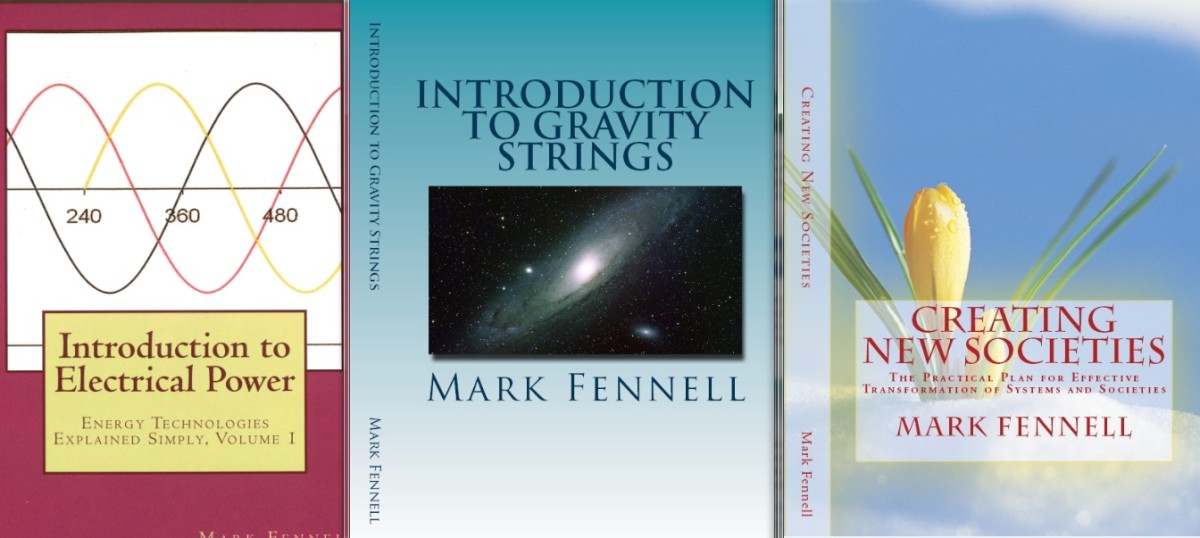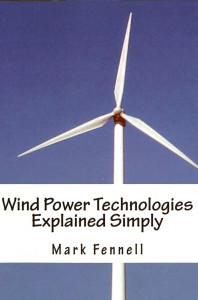Wind Power Technologies Explained Simply
This book explains all the important technology and practical tips related to wind power. Here you will learn everything you need to know to design, select, and install a wind turbine for your specific needs.
Wind Power Technologies Explained Simply is designed as: an overview for decision-makers at all levels, a practical guide do-it-yourself types, and an easy read for curious citizens. This book will also be a valuable reference work for students entering the growing workforce in wind power technologies, including the areas of design, manufacturing, and installation of wind turbines.
Chapters Include
- Basic Processes and Operations of Wind Power
- Practical Considerations of Wind Power Operations
- Blade Design
- Offshore Wind Turbines
- Additional Concepts: Airfoil Design, Aerodynamics, Efficiency
Items Found ONLY in this Book
This book on wind power offers a simple calculation for estimating the wind power produced from a turbine in your area. While most technical books offer complex equations, this equation is simple and highly accurate.
Also unique to this book is the tool to estimate the Obstruction Angle of wind turbines. A common question is how much will the wind turbine obstruct the view? The table and diagram will show you how to estimate the amount of visual obstruction for your proposed wind turbine.
Background Research for Wind Power Publications
Details Worth Noting in This Book (Chapter by Chapter)
01. The first chapter explains all the basic concepts of wind power, including a discussion of the factors which affect the amount of power produced. A simple equation is provided (with example calculations) to guide the reader in calculating estimated power from the wind turbine.
2. The second chapter discusses several practical details when installing wind turbines. Topics include placement, height, orientation, storms, durability, and bird strikes. This chapter also discusses what to do when there is no wind.
3. The third chapter discusses blade design. Topics include blade shape, number of blades, angle of attack, tip speed ratio, and basic aerodynamics. This chapter also discusses methods for calculating wind power from measured data.
4. The fourth chapter discusses offshore wind turbines. Topics include: storm resistance, placement of undersea cables, shipping lanes, and visual obstruction of turbines.
5. The final chapter explains additional wind power terms and concepts. Some of the concepts include: camber, lift force, stall, cut-out speed, and Reynolds Number.
5. The Appendix has table and visual for estimating how much the turbine will obstruct the view.
*Note that this paperback edition includes information previously published in e-books on this topic plus much more, including additional details and additional illustrations.

